Stretch marks—scientifically known as striae distensae—are one of the most common and often misunderstood skin changes. Whether they appear during puberty, pregnancy, weight gain, or bodybuilding, they can affect anyone, regardless of age or gender.
At Rejûvaskin, we believe in empowering you with real information—not just cosmetic solutions. In this blog, we’ll take a closer look at how stretch marks form, why they evolve over time, and what options are backed by science to help you minimize their appearance and support your skin’s long-term health.
What Causes Stretch Marks?
Stretch marks occur when the skin stretches faster than its ability to produce collagen and elastin, leading to small tears in the dermis. These tears manifest as visible lines, first appearing red or purple (striae rubrae) and eventually fading to white or silver (striae alba) as they mature.
Researchers have identified four major contributing factors:
-
Mechanical stress (rapid stretching of the skin)
-
Hormonal fluctuations, especially cortisol and estrogen
-
Genetic predisposition to skin elasticity issues
-
Disruption of dermal collagen and elastin fibers, which weakens skin structure (Diehl, 2021)
These skin changes are not harmful medically, but for many, they carry a significant cosmetic and emotional impact.
Do Stretch Marks Ever Fully Go Away?
Not entirely. Stretch marks are a form of scarring. Over time, they can fade dramatically in both color and texture, especially with consistent care—but they rarely disappear completely.
The healing timeline depends on:
-
Skin tone and genetics
-
Age of the stretch mark
-
Hormonal health
-
Skincare routine and hydration
Advanced options like laser therapy and microneedling can offer partial improvement, but even those require multiple sessions and come with varying results (Wollina & Goldman, 2017).
What Can You Do to Improve Stretch Mark Appearance?
1. Early Intervention Matters
Targeting stretch marks while they’re still red or purple (striae rubrae) may yield better results than waiting until they’ve matured into white scars. Topical treatments that support collagen synthesis may reduce inflammation and discoloration in the early stages (Kang, 1998).
2. Hydration and Barrier Support
Keeping your skin well-hydrated helps maintain elasticity. Moisturizers with hyaluronic acid, shea butter, and botanical extracts improve skin texture and tone. These ingredients can soften the appearance of stretch marks and prevent new ones from forming.
Rejûvaskin Stretch Mark Cream is specially formulated to:
-
Hydrate deeply without irritation
-
Improve elasticity with botanically active ingredients
-
Support scar repair with skin-nourishing peptides and oils
3. Manage Expectations, Not Just Marks
No cream will “erase” stretch marks—but consistency can make a significant difference in how they look and feel. Studies show that certain topical treatments—especially when combined with supportive therapies—can reduce the depth and discoloration of stretch marks over time (Schuck et al., 2020).
Skin Confidence
Stretch marks are completely natural. They’re your skin’s way of adapting to rapid change—and they often tell a story of growth, strength, or transformation.
At Rejûvaskin, our mission is to help you feel confident in your skin—by offering solutions rooted in science, and by supporting skin health at every stage of life.
Whether you’re just noticing new stretch marks or seeking ways to fade older ones, you deserve products that are gentle, effective, and clinically inspired. That’s where we come in.
Works Cited
Diehl, C. (2021). Stretch marks: A review. Ukrainian Journal of Dermatology, Venerology, Cosmetology. Link
Schuck, D., de Carvalho, C., Sousa, M. P. J., Favero, P., Martin, A., Lorencini, M., & Brohem, C. A. (2020). Unraveling the molecular and cellular mechanisms of stretch marks. Journal of Cosmetic Dermatology, 19, 190–198. Link
Wollina, U., & Goldman, A. (2017). Management of stretch marks (with a focus on striae rubrae). Journal of Cutaneous and Aesthetic Surgery, 10, 124–129. Link
Kang, S. (1998). Topical tretinoin therapy for management of early striae. Journal of the American Academy of Dermatology, 39(2 Pt 3), S90-92. Link
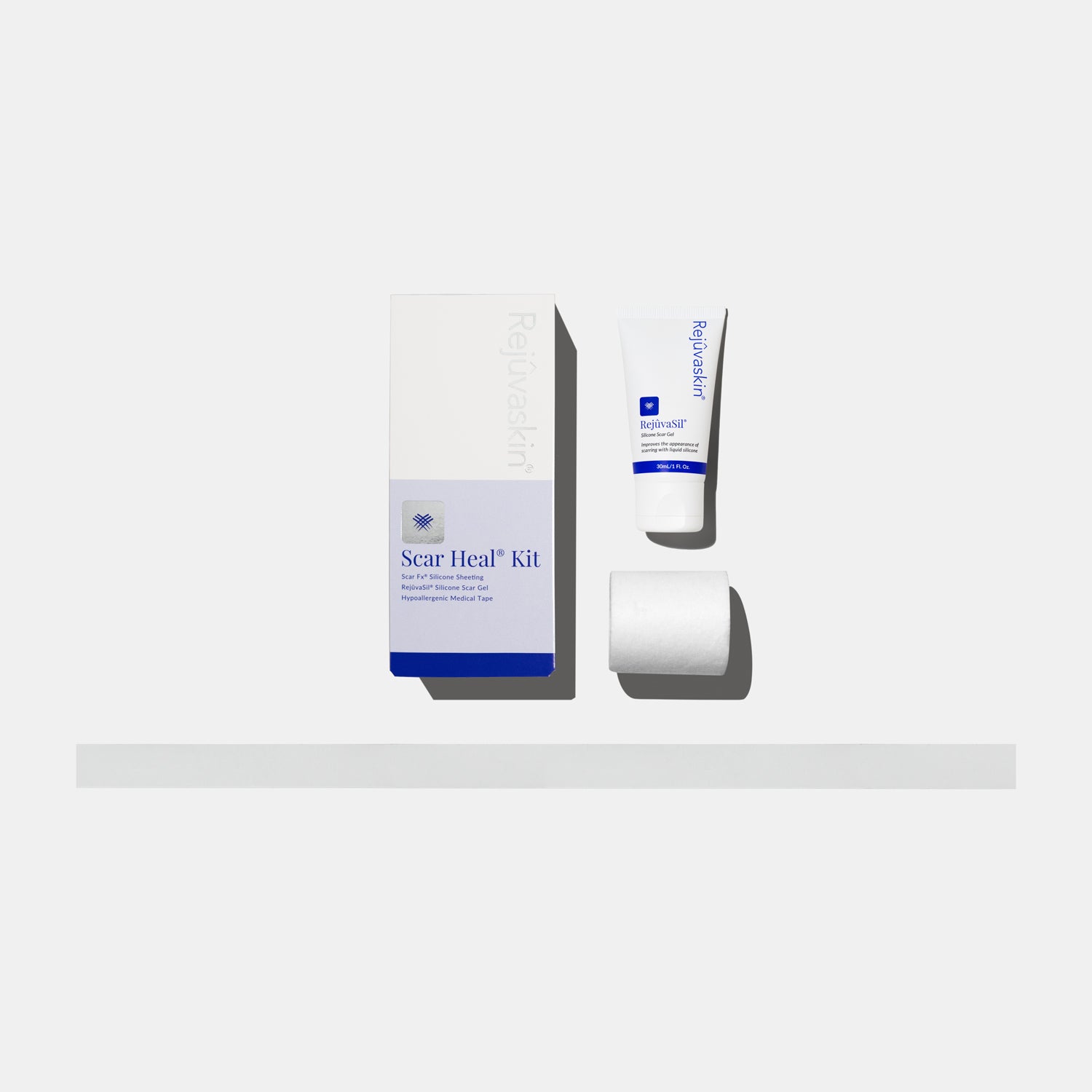


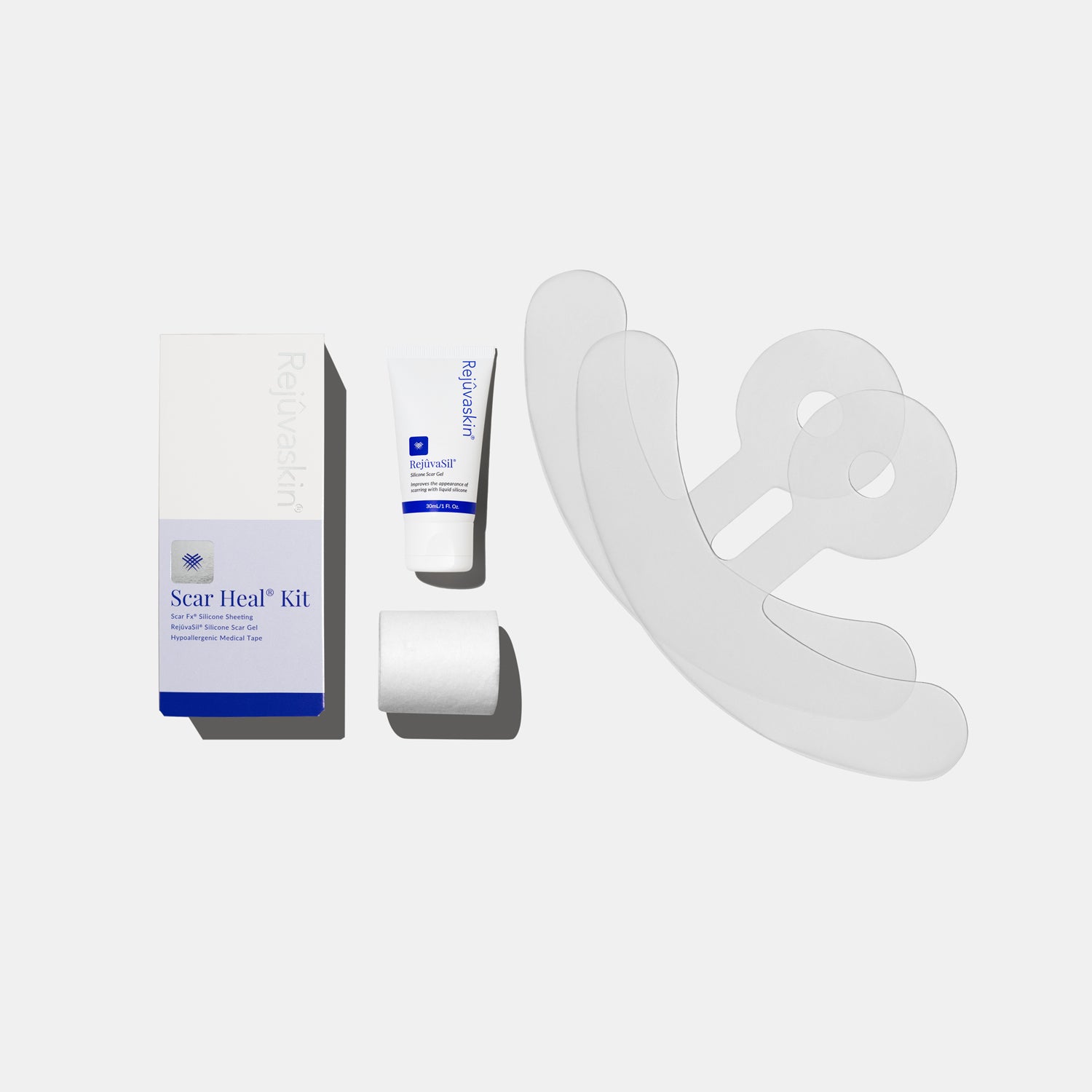
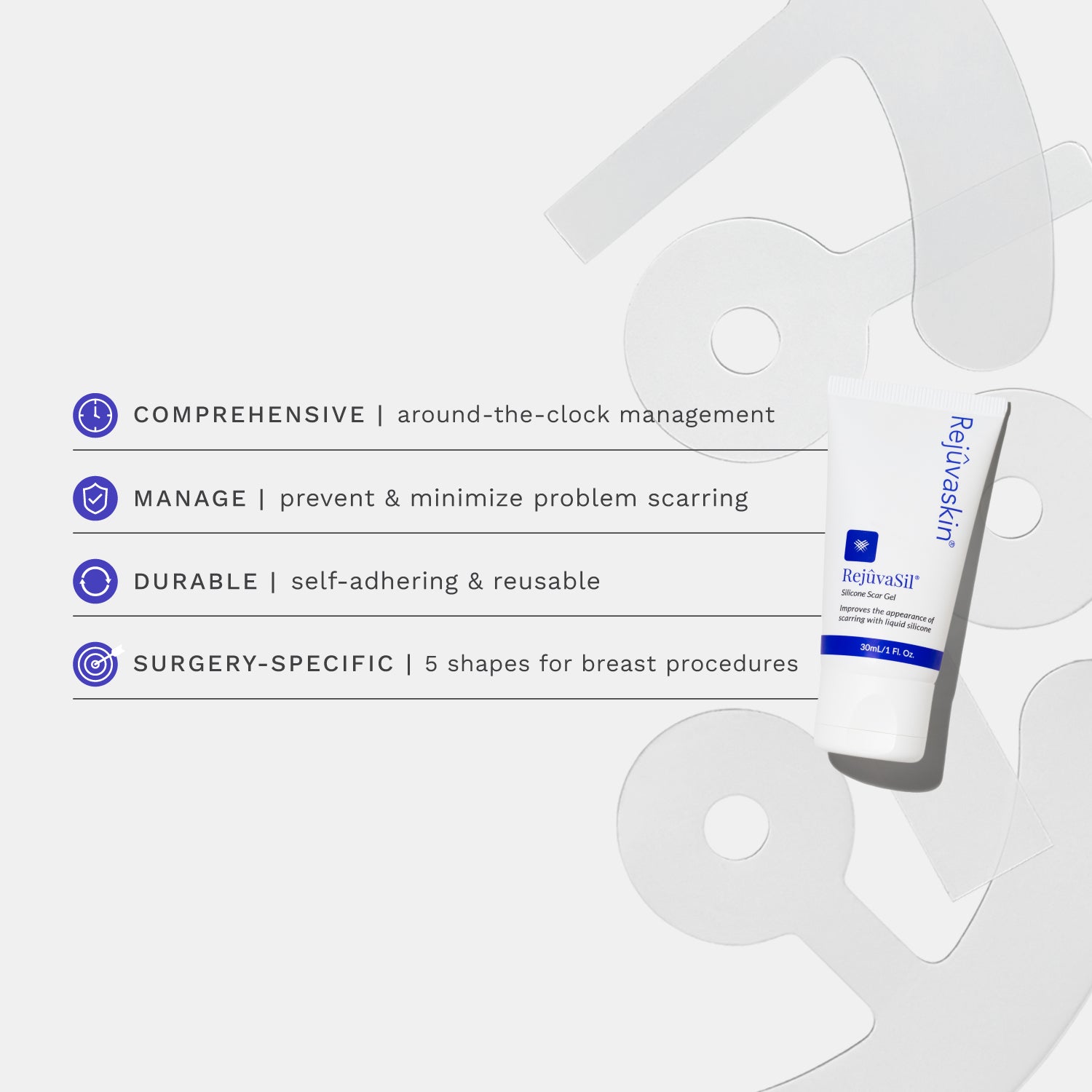
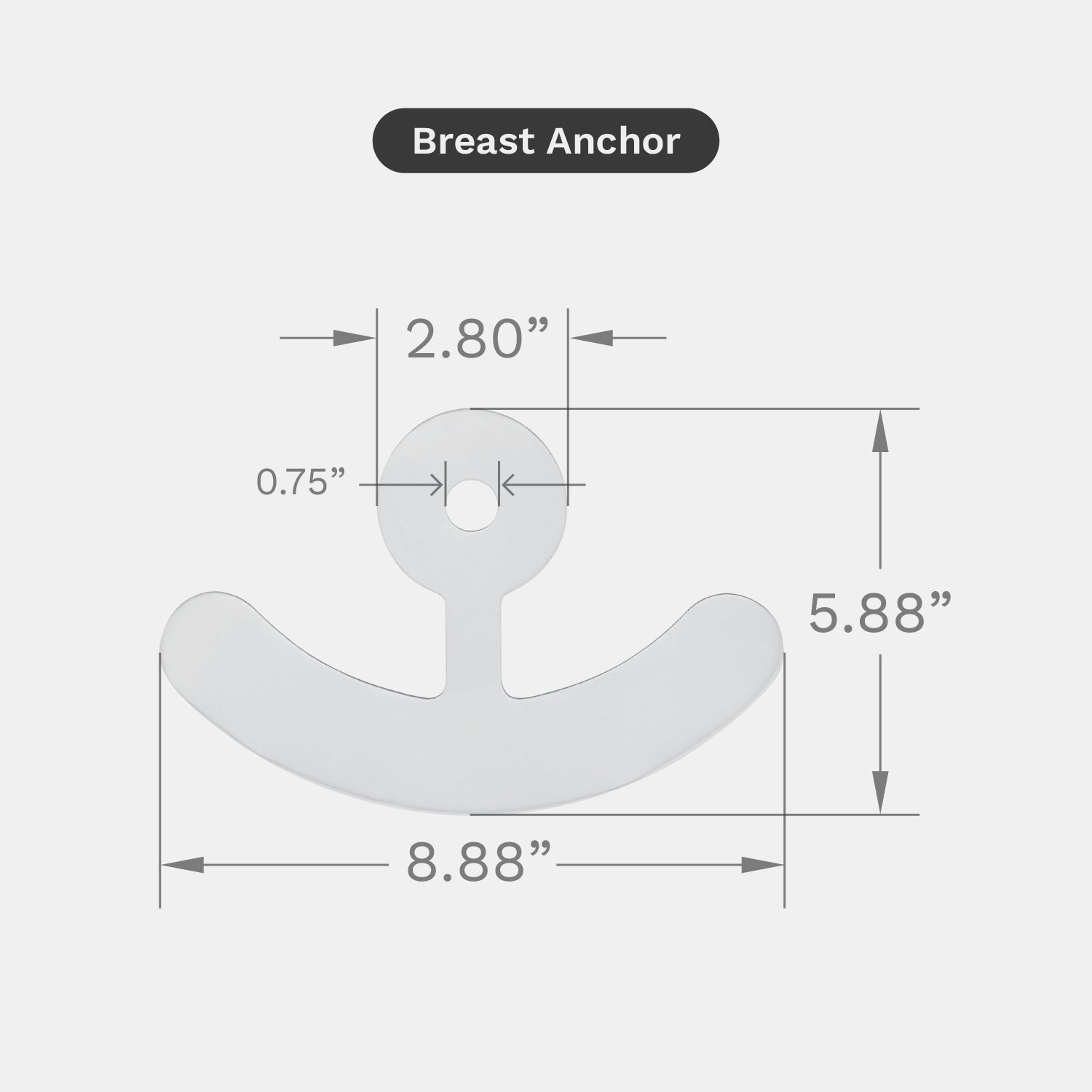
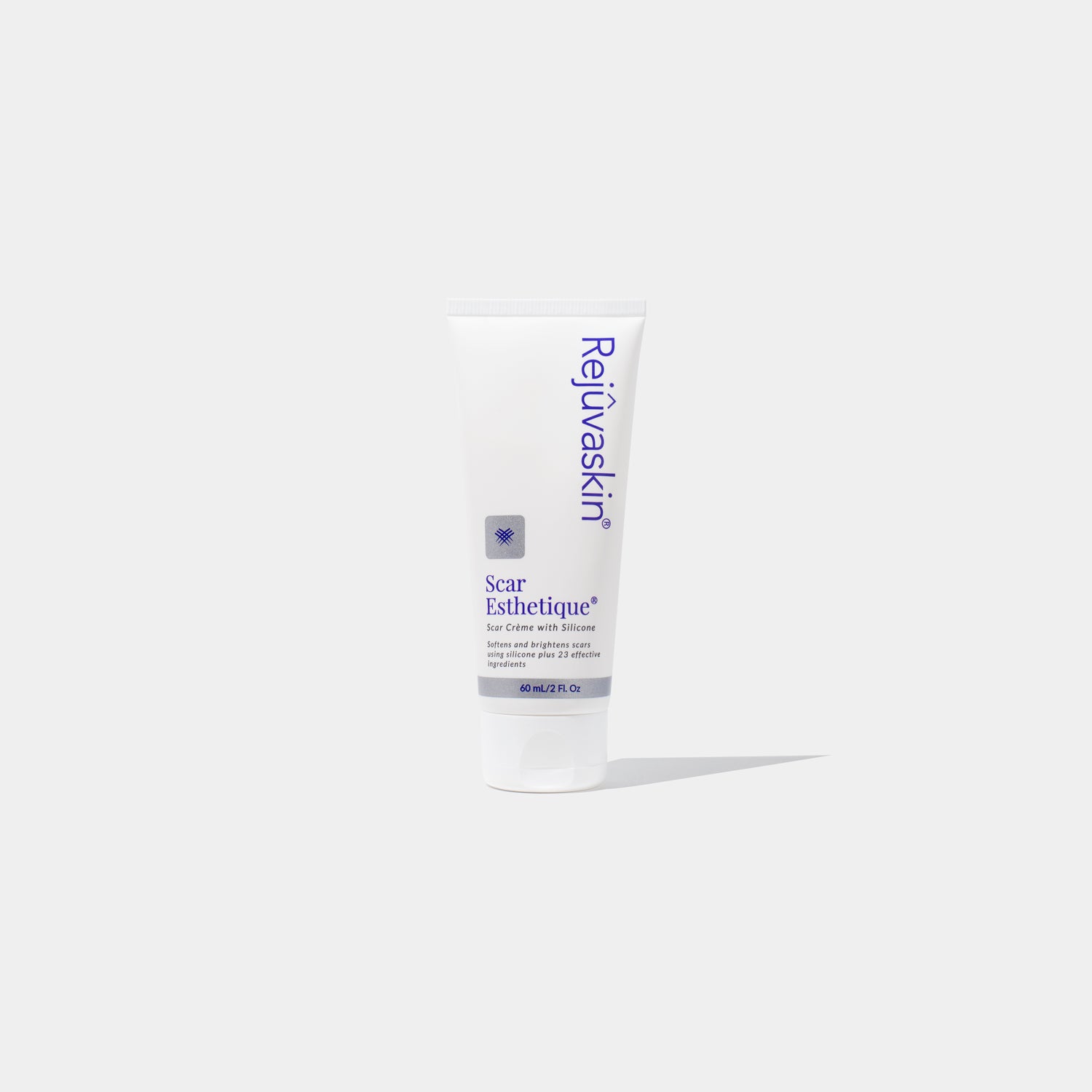
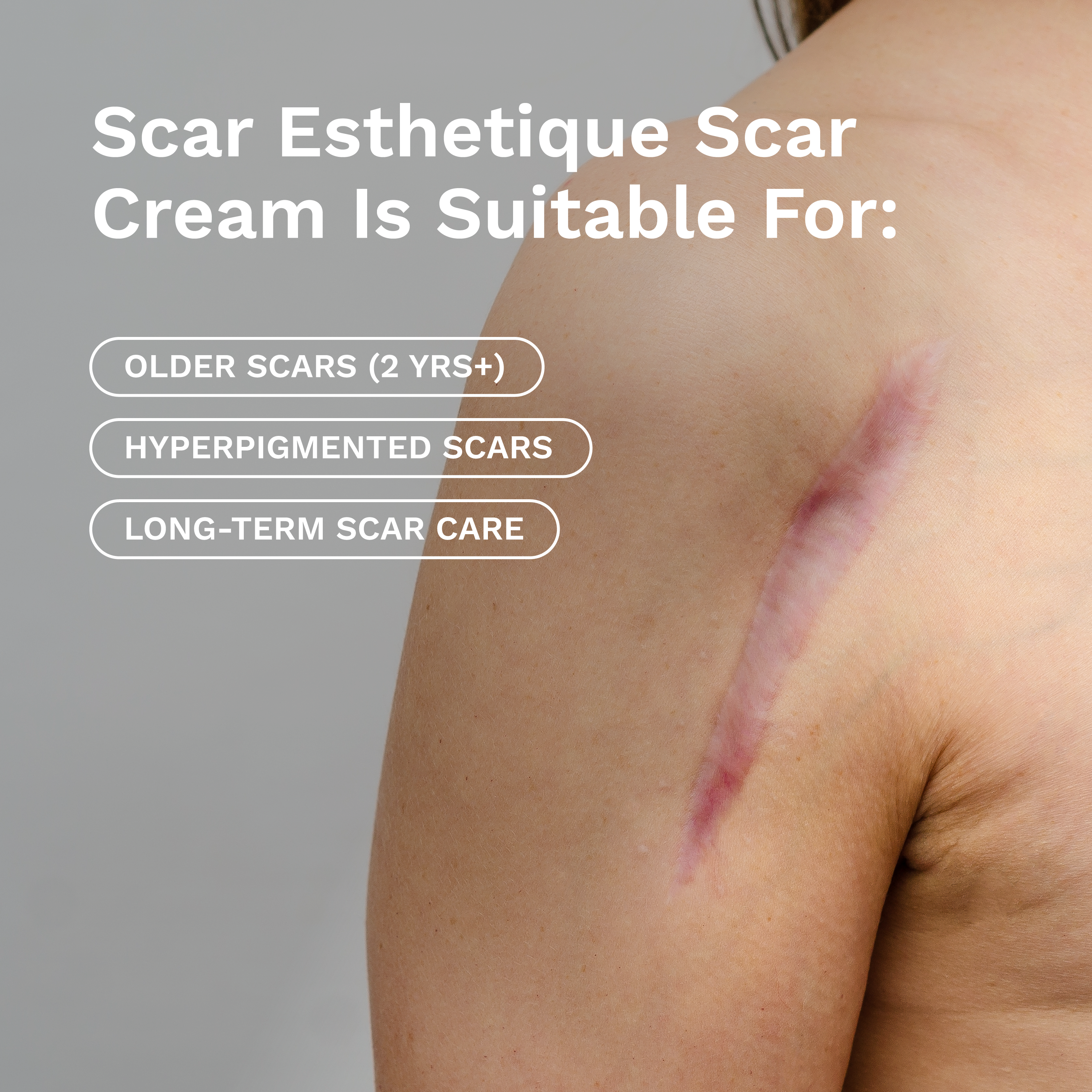








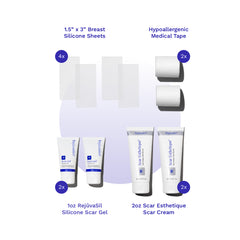
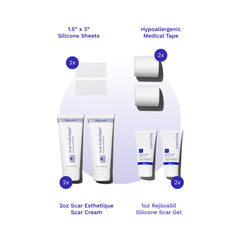

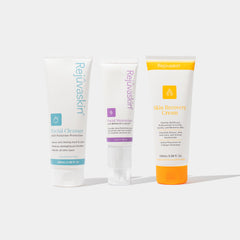

Leave a comment